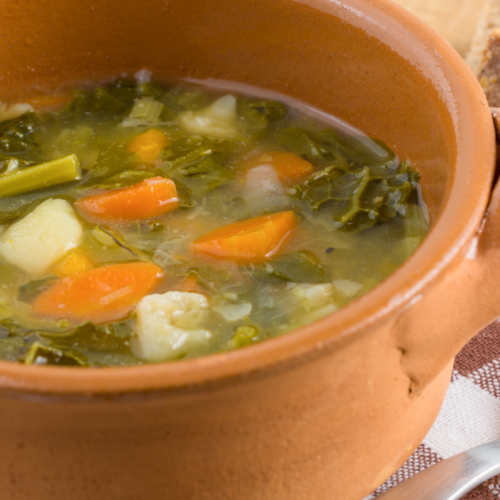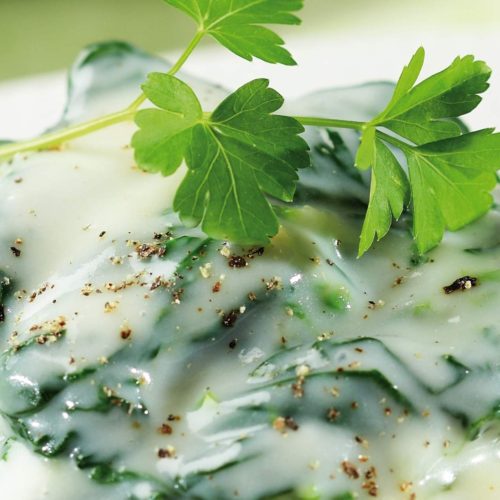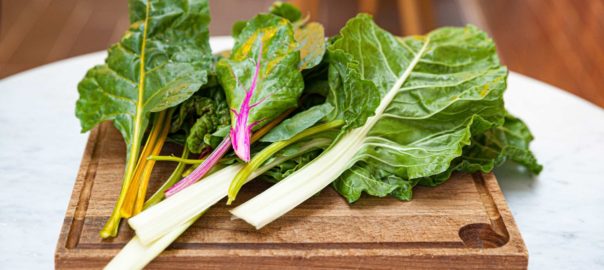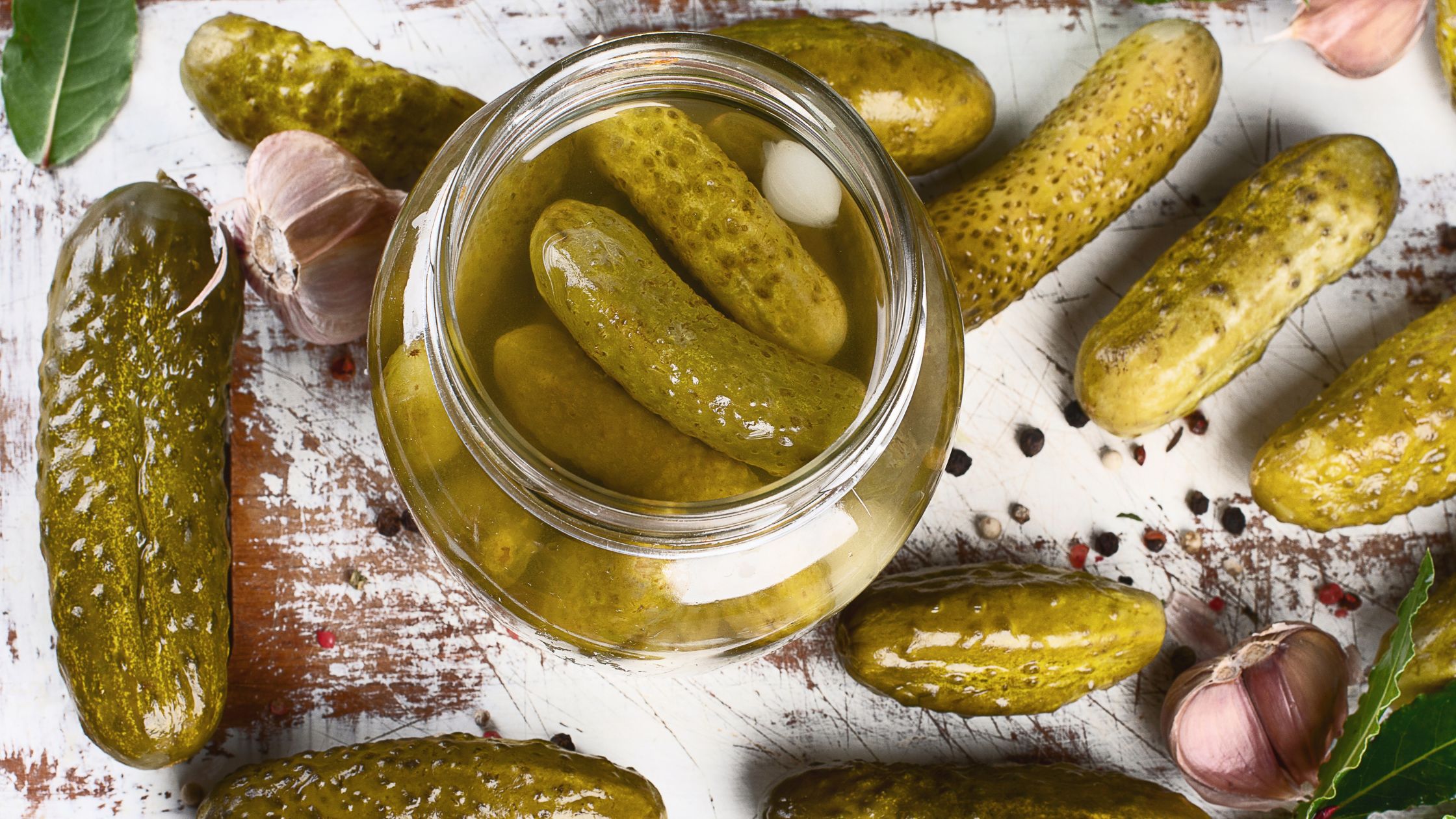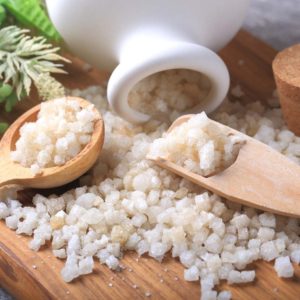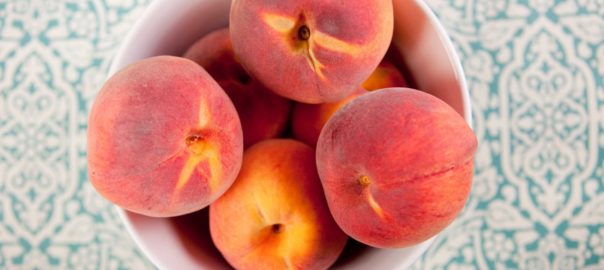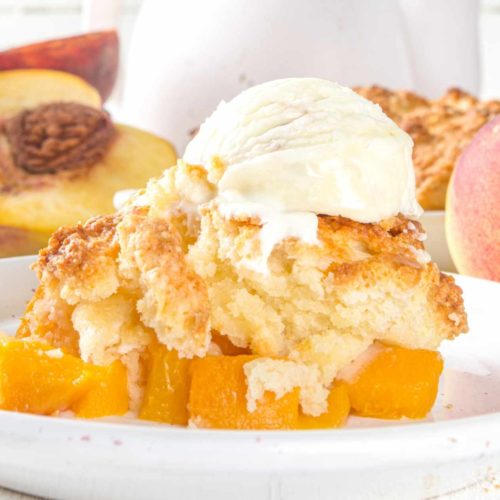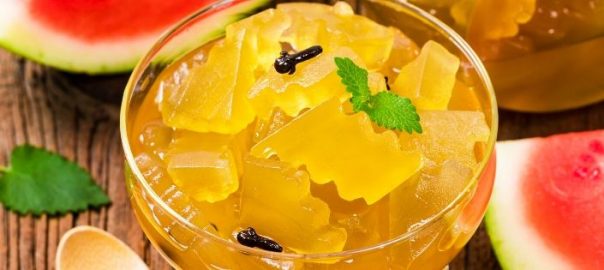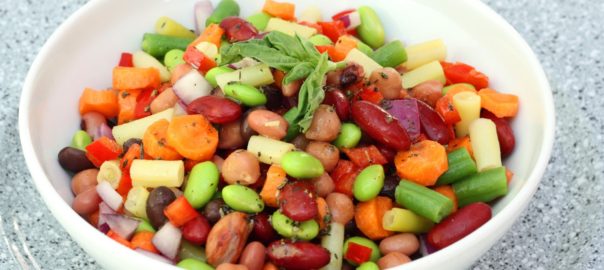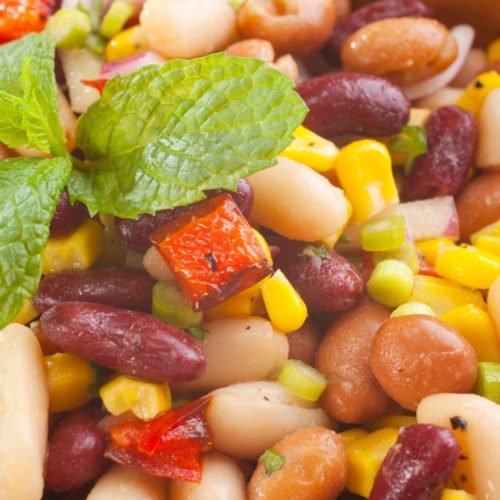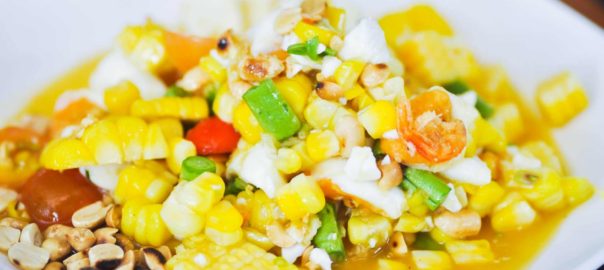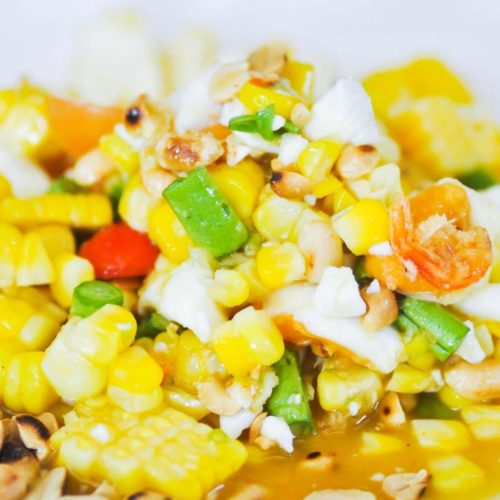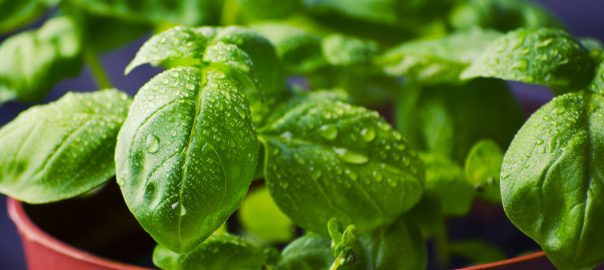I was talking with a friend of mine who recently moved to this area. She was stunned to discover how many people don't cook. It seemed very strange to her that so many eat out almost all the time or purchase prepared “convenience” foods. I think this is something which is happening not just where we live but all over the country.
While I no longer cook the way I used to when I had three small children at home, I do cook on a regular basis. In prior days I cooked a lot, every day. I still cook a lot but the meals tend to be simpler and less involved. I still use my slow cooker frequently however instead of feeding five it now feeds two to three with leftovers, a bonus as far as I am concerned. A hearty pot of soup, a tasty stew, these are all so easy, delicious and nourishing. And the leftovers are perfect for our current lifestyle.
I believe that just about anyone who walks into a house fragrant with the smells of a roasting chicken or a robust ragout will comment on how delicious that house smells. We know good food when we smell it, we just think we can cut corners to make it.
We've been sold a bill of goods about food and sacrificing “convenience” for time. I believe it's a myth. There are things that you can do to make your time in the kitchen faster or less involved. But there's no way that you can convince me that prepared foods in a box or a can are “just like homemade.” Especially after you read the label and see how many non-food items are in that package. I also find that in spite of the rising cost of groceries your food dollars are well spent when you buy the ingredients for homemade wholesome food.
Additionally most of us have forgotten how to cook. A lot of people have lost the native understanding of how flavors go together, how spices work, what constitutes the basics of culinary knowledge. One of my biggest joys right now is watching my two older daughters taking their culinary knowledge to the next level. Working together with them in the kitchen or enjoying a fabulous meal that they have made from scratch. Sharing my cooking knowledge with them as they add their own twist to a dish or develop their own culinary style.
Just because you don't cook doesn't mean that these skills can't be relearned and you can't take back your kitchen. You can. And not only will it taste better and, I believe, be better for you, you're nourishing more that just your belly. There's something intrinsic about cooking and eating something that you have prepared yourself that quite simply nourishes the soul.
Here are a few simple, easy recipes that I have created which you can easily prepare at home:
Breakfast Quiche Muffins – these can be made in muffin form and frozen until needed. Or you can make it as a quiche and serve it for breakfast, lunch, or dinner. You need to adjust the time as it will take longer to cook if you cook it in a pie pan as a large quiche.
Black Bean Casserole – this is a great dish to serve as is with lots of steamed veggies on the side. But the leftovers are also fabulous for topping on salads, baked potatoes (with my salsa recipe), they also stand on their own reheated as leftovers very nicely.
Peas-y Peas and Celery – this is a fabulous side dish, easy to make and absolutely delicious.
For true kitchen basics here are some videos:
Giada DeLaurentis' Tomato Sauce – this is a basic sauce that goes with pasta, chicken, beef, and is very versatile
Mark Bittman's Roasted Tomato Soup – because nothing says comfort food like a good bowl of homemade tomato soup. This is the deluxe version and totally worth making
Homemade Chili – a classic comfort food it's always good to know how to make this
Bechamel Sauce – a white sauce a basic foundation for many different uses
Paula Deen's Macaroni and Cheese – once you start making homemade you'll never want the boxed stuff again. Be warned though this is a treat food and needs to be served as a side dish not the entree
Jill Sanpietro's Basic Pizza – much better than store bought and easier to make it just the way you like it
Whole food cooking doesn't have to be expensive.
